
I had a friend who liked to collect occult illustrations from the earliest woodcuts of witches sabbats to hand-painted plates of winged demons. My friend did not see these pictures as telling a history of the occult, but rather a luminous narrative of the imagination’s power to invent monsters.
Similarly fabulous creatures can be found in the illustrations to the Compendium rarissimum totius Artis Magicae sistematisatae per celeberrimos Artis hujus Magistros, a rare book on the occult dating from 1775 which is held by the Wellcome Library. The volume is written in a mixture of German and Latin and contains 31 water-color illustrations of the Devil and his demonic servants together with three pages of magic and occult ritualistic symbols.
With the warning “NOLI ME TANGERE” (“Do Not Touch”) on its cover, the compendium can be seen as a last attempt by those of faith to instil fear among the superstitious. After all, the Compendium Artis Magicae was produced during the decade of revolutions (American and French) and in the Age of Enlightenment—when reason, science and the power of the individual dominated, and the first stirrings of industry were about to change Europe and the world. The horrendous witch trials of the 16th and 17th centuries were long banished and the last execution in England for witchcraft took place in 1716 (1727 in Scotland, 1750 in Austria, 1782 in Switzerland), while the practise of witchcraft ceased to be a criminal offense across Europe during the century (England 1735)—all of which makes this Compendium Artis Magicae all the more bizarre.
The illustrations are a mix of Greco-Roman mythical monsters (chimeras such as Cerberus and Hydra), Phoenician gods (Astarte/Astaroth) biblical devils (Beelzebub, Satan), while some look as though they were inspired by witnessing the slaughter of men and beasts on European battlefields.
The claim that the book originated in 1075 has been dismissed, and the whole volume has been scanned on Hi-Res and can be viewed in detail at the Wellcome Library.

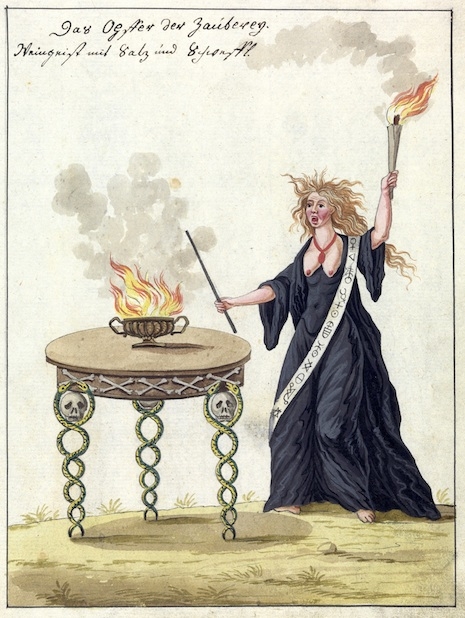


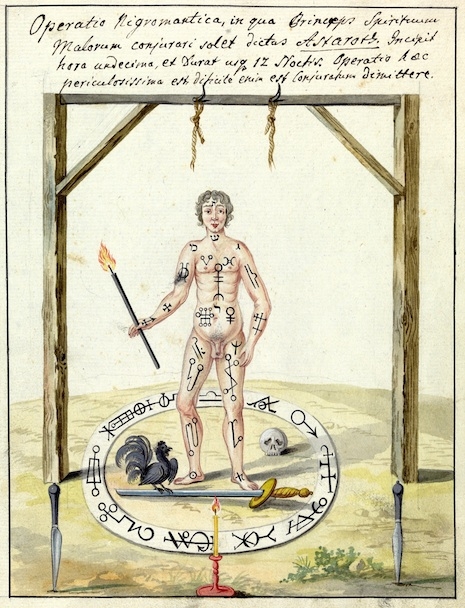

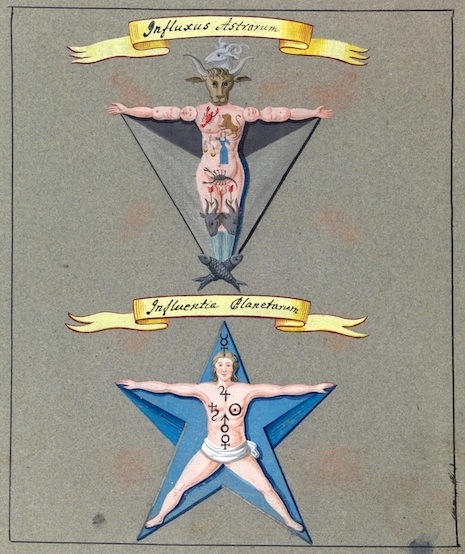



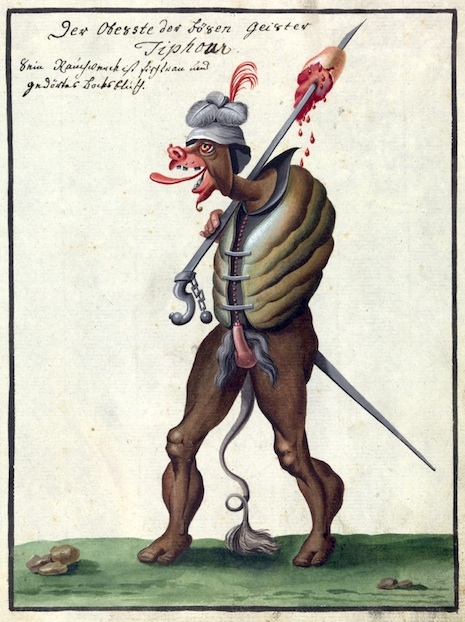


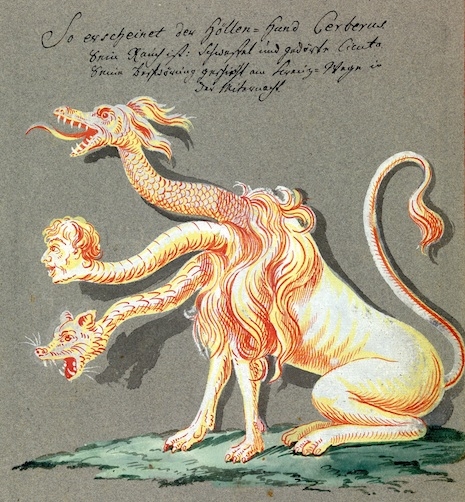

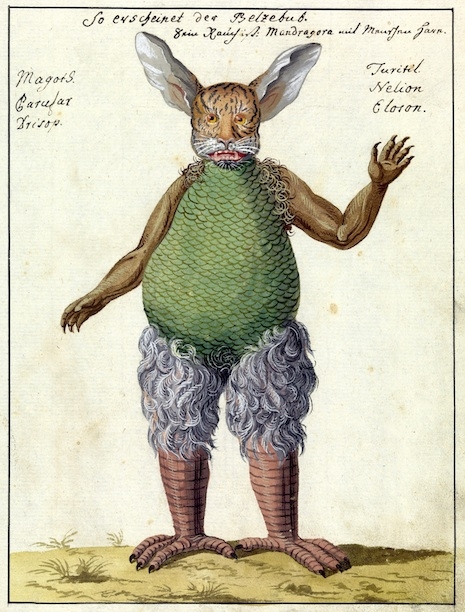
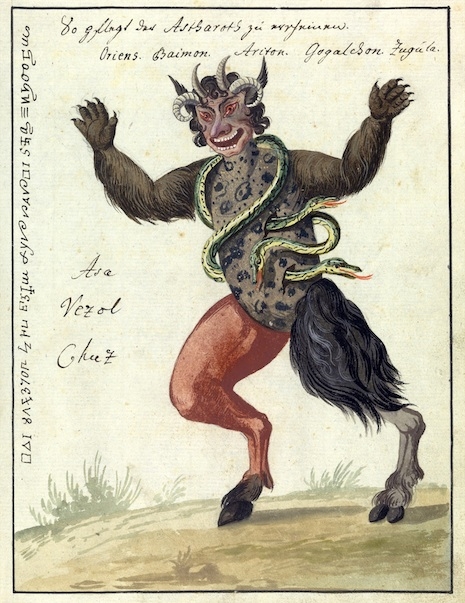


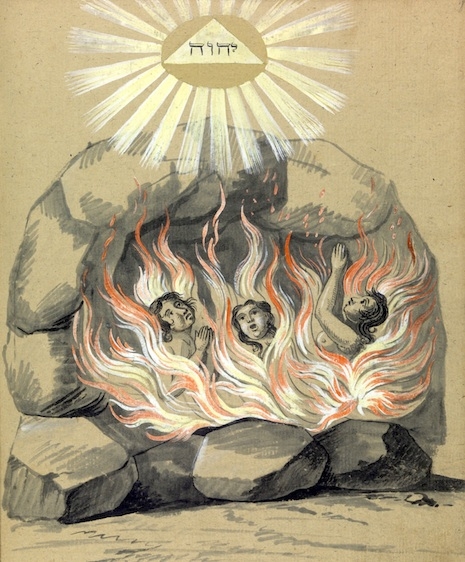
Via Paris Review, Flashbak & Bildgeist.